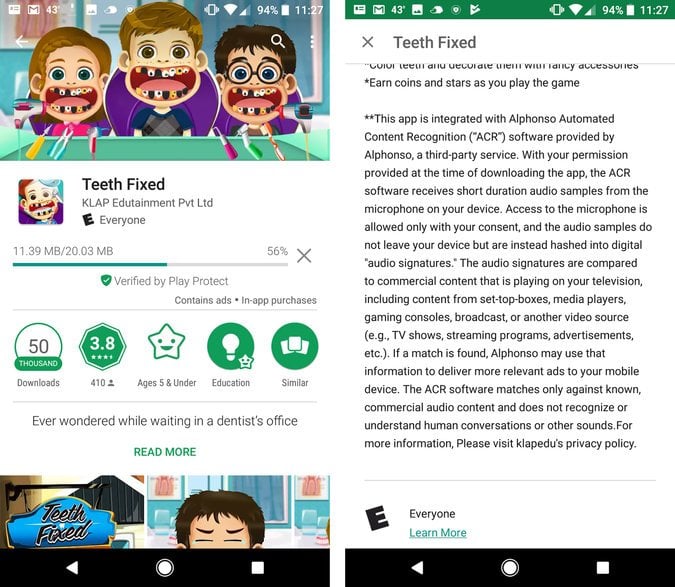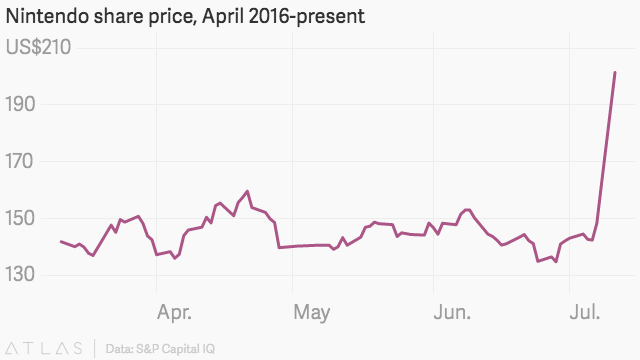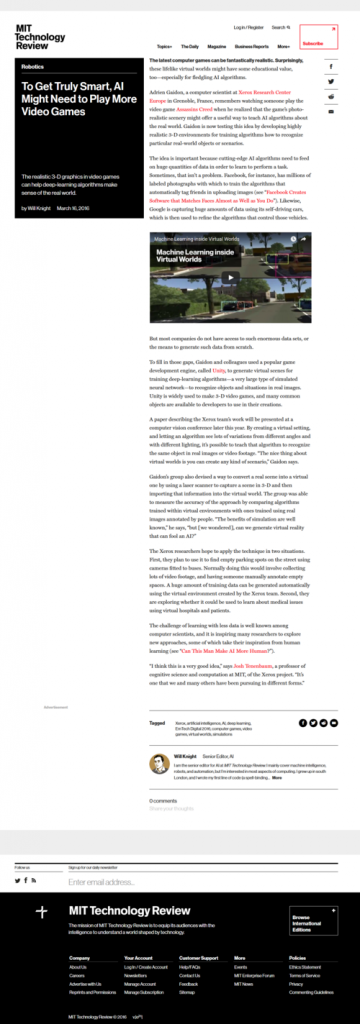That Game on Your Phone May Be Tracking What You’re Watching on TV
At first glance, the gaming apps — with names like “Pool 3D,” “Beer Pong: Trickshot” and “Real Bowling Strike 10 Pin” — seem innocuous. One called “Honey Quest” features Jumbo, an animated bear.
Yet these apps, once downloaded onto a smartphone, have the ability to keep tabs on the viewing habits of their users — some of whom may be children — even when the games aren’t being played.
It is yet another example of how companies, using devices that many people feel they can’t do without, are documenting how audiences in a rapidly changing entertainment landscape are viewing television and commercials.
The apps use software from Alphonso, a start-up that collects TV-viewing data for advertisers. Using a smartphone’s microphone, Alphonso’s software can detail what people watch by identifying audio signals in TV ads and shows, sometimes even matching that information with the places people visit and the movies they see. The information can then be used to target ads more precisely and to try to analyze things like which ads prompted a person to go to a car dealership.
More than 250 games that use Alphonso software are available in the Google Play store; some are also available in Apple’s app store.
Some of the tracking is taking place through gaming apps that do not otherwise involve a smartphone’s microphone, including some apps that are geared toward children. The software can also detect sounds even when a phone is in a pocket if the apps are running in the background.



 The app’s popularity has created lagging servers and forced the company Niantic to delay its international roll-out, meaning “Those who have already downloaded the game in the U.S., Australia and New Zealand can still play it, while those in the U.K., the Netherlands and other countries will have to wait.”
The app’s popularity has created lagging servers and forced the company Niantic to delay its international roll-out, meaning “Those who have already downloaded the game in the U.S., Australia and New Zealand can still play it, while those in the U.K., the Netherlands and other countries will have to wait.” “The latest computer games can be fantastically realistic. Surprisingly, these lifelike virtual worlds might have some educational value, too—especially for fledgling AI algorithms.
“The latest computer games can be fantastically realistic. Surprisingly, these lifelike virtual worlds might have some educational value, too—especially for fledgling AI algorithms.